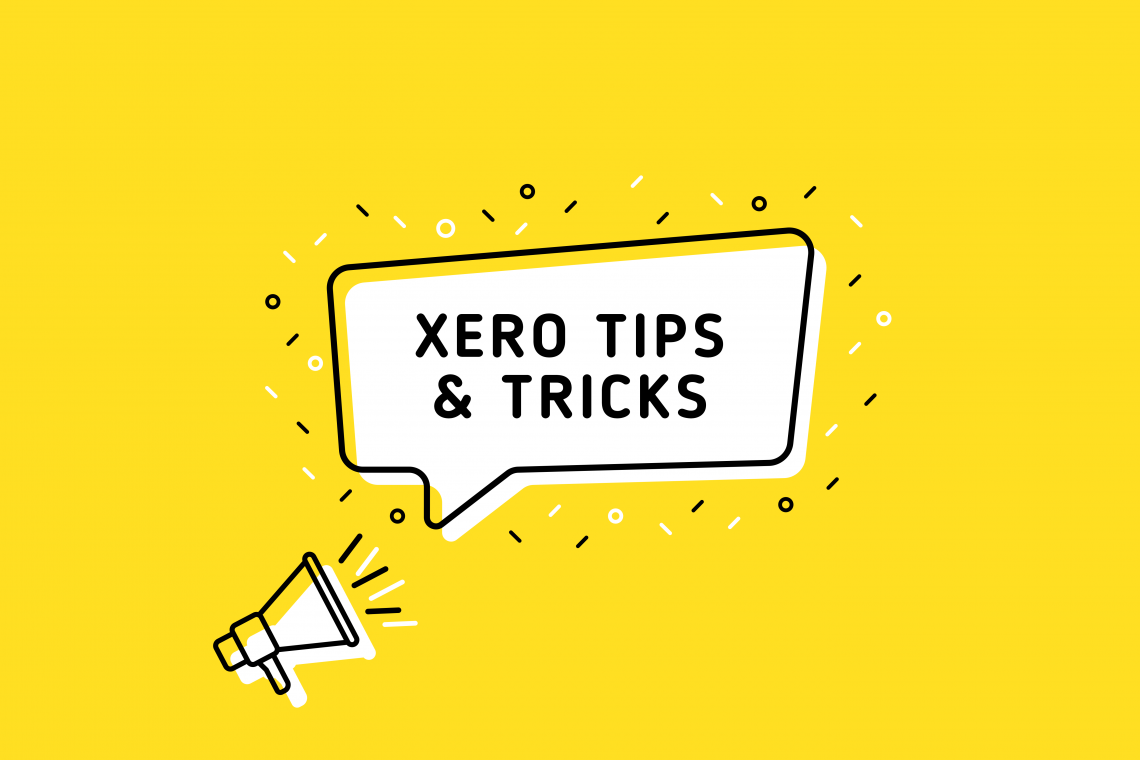With continual new features being added it’s often difficult to stay ahead of how you can better use xero to speed up internal processes.
The following are some of the tips and tricks we were reminded of at XeroCon 2016.
- Use the Adjustments button when reconciling to take up a bank fee.
- Use the Adjustments button when reconciling to take up a merchant fee you’ve charged a customer. i.e. use a negative amount and choose the correct account code to where you code merchant fees charged.
- Update default codes in supplier cards – if you then use Cash Coding screen to do your bank rec, when you enter the supplier the default code will automatically flow through – saving you lots of time.
- Set up new rules directly in Cash Coding screen or apply an existing rule to speed up reconciliations.
- Use the Find and Recode function to find payroll coding errors. i.e. if you search for super or wages expenses the report produced will only show you manually entered items. Payroll through super creates auto items, so if anything is showing here it’s likely that it’s been coded in error.
- Use the previous search function in Find and Recode to easily check recurring issues
- For Fuel Tax Credits – enter fuel as an untracked inventory item. When entering purchases use this item and enter the number of litres, use the inbuilt xero calculator to work out the per litre price. When preparing the FTC claim on your BAS run an Inventory Items Summary Report for the period to retrieve the total litres purchased in the period.
- If you need to issue a Recipient Created Tax Invoice – set up a custom Docx theme for purchase orders that meet the RCTI requirements. Create a purchase order and print this and send to supplier, then change the PO into a bill to apply payment against
- If you haven’t already ensured you’ve set up 2 Step Authentication and all your staff are using as well. This is a great security feature. Whilst you’re at it ensure staff are signed up with their professional email address (no personal)
- Update contact cards with default accounts, early payment discount rate and link your Gmail or Office 365 email so that you can easily see correspondence history in the contact card
- Use the action buttons in imported emails to create quotes, invoices etc.
- Use “add last items” in new bill if you regularly order the same things from the same supplier
- Schedule payment for bills received when entering so that you can easily create a batch payment on the scheduled date
- Set up payment services to make it easier for your customers to pay you (PayPal, Stripe, eWay, custom URL and soon BPay)
- Set up Payment Reminders to reduce debtors. Consider sending a reminder a few days before the invoice is due to help your customers pay within your terms.





